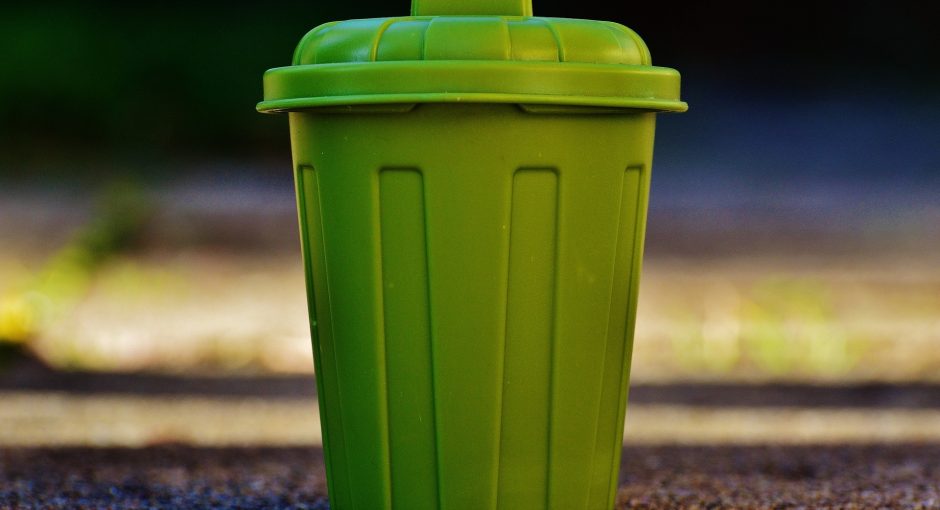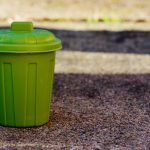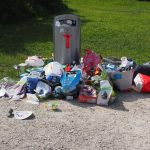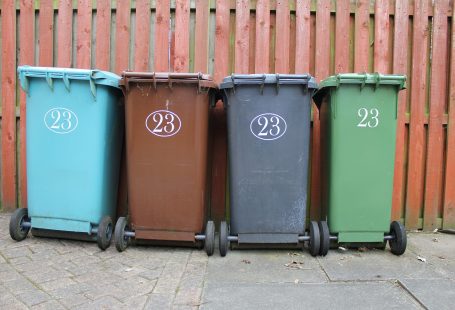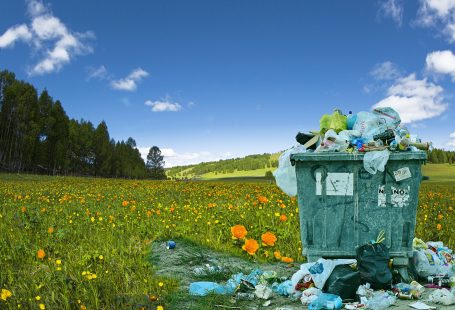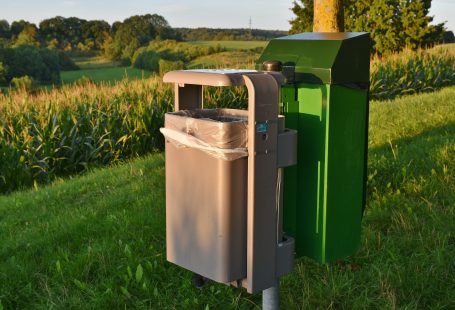Separating waste into wet and dry components at the source allows for far more recycling than when dry material is spoiled by comingled wet material. Wet waste includes foods, liquids, used tissues, and dirty paper towels. It is most common in bathrooms, break rooms, and kitchen areas. Dry waste is basically everything else; plastics, paper, clean cardboard, aluminum containers, metals, glass, etc. Almost all of it is recyclable if it is not spoiled by wet material. Participants collect wet and dry waste in color coded bags before putting both categories in a common bin.
Wet Waste
- All restroom waste receptacles must be lined with black garbage bags.
- In break rooms, kitchen areas, or coffee station areas, there must be at least one receptacle lined with a black bag and designated for collection of food, coffee grinds, liquids, dirty tissues and paper towels.
Dry Waste
- Receptacles for paper, plastic, metals and other dry waste must be lined with clear plastic bags.
At the Recycling Bin
- Both black and clear bags should be placed in orange recycling bins provided by Solid Waste.
- Dry waste may also be placed loosely in the orange bin.
- At the recycling center the black bags of wet waste are pulled out before processing begins.
Restaurants and coffee shops, in addition to the orange cart, have brown carts specifically for disposal of their higher volumes of food waste. That organic matter is collected separately and used as compost.

